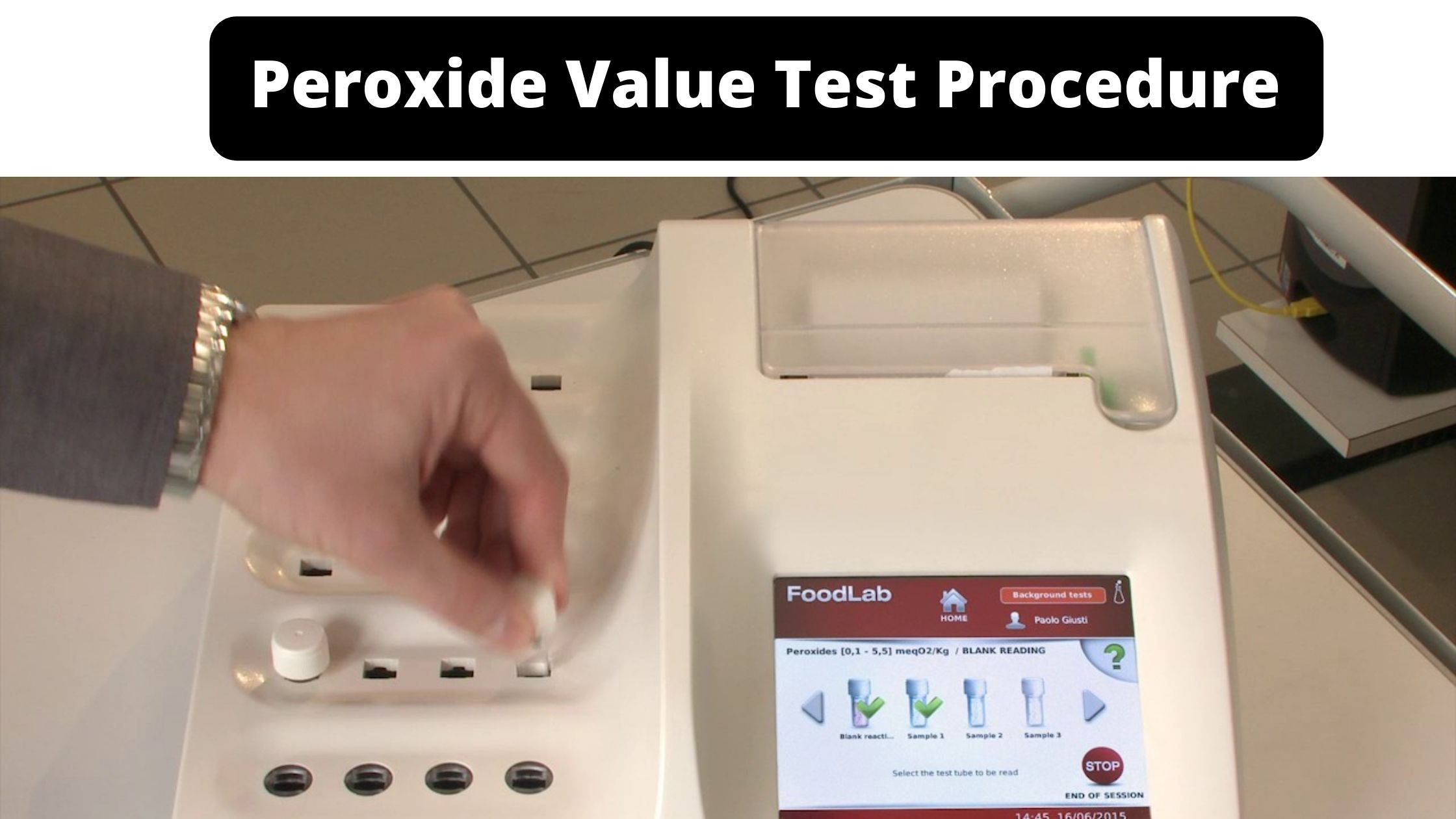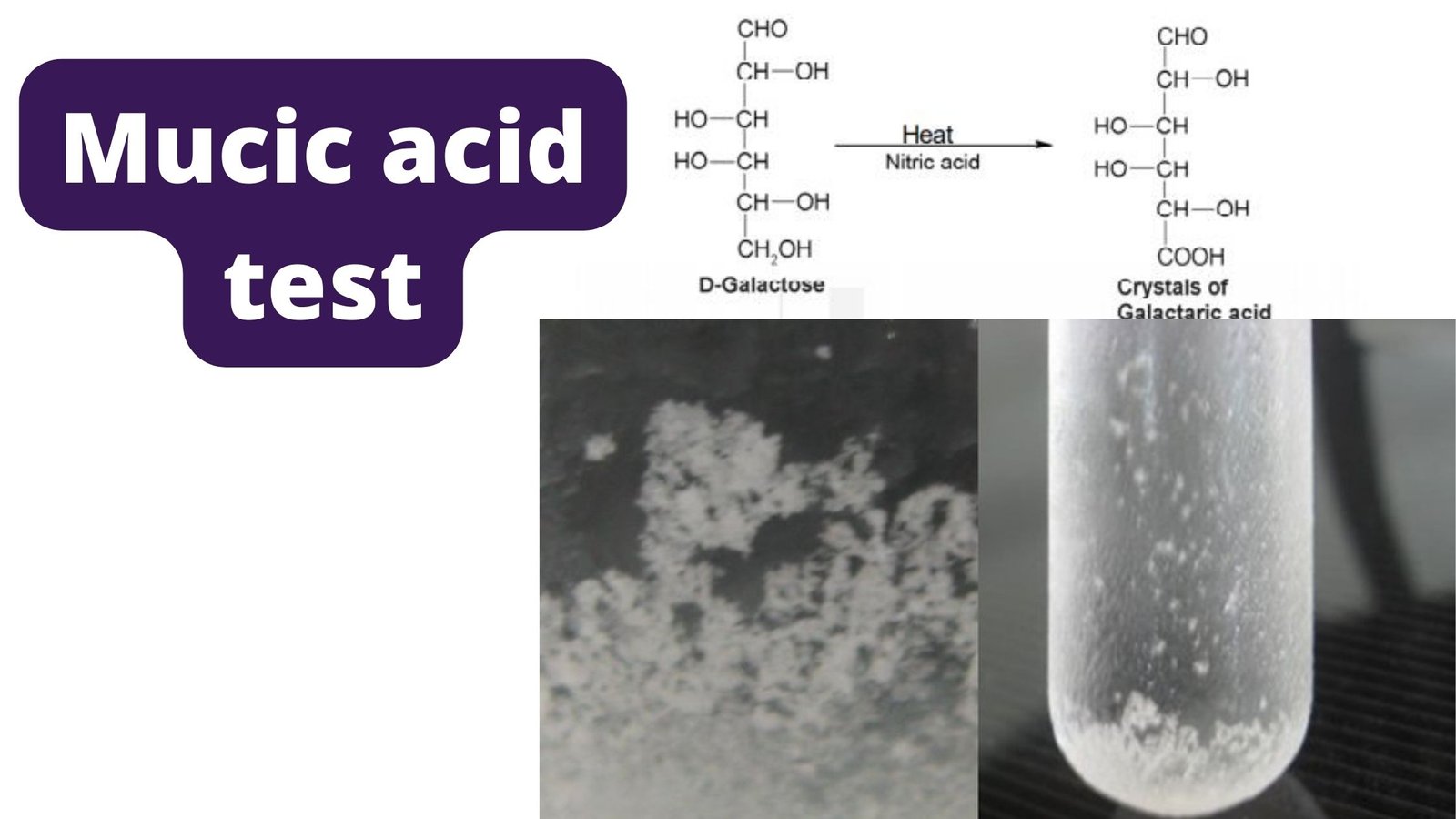Optochin Susceptibility Test – Principle, Objective, Procedure And Results
Streptococcus pneumoniae can be distinguished from other viridans streptococci by showing that it is sensitive to optochin, dissolves in bile, reacts with a specific DNA probe, or has species-specific capsular polysaccharides.









